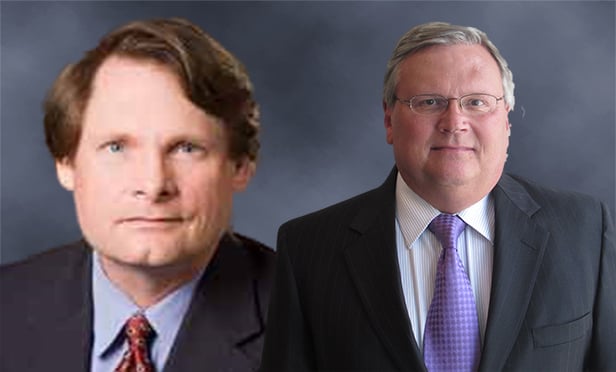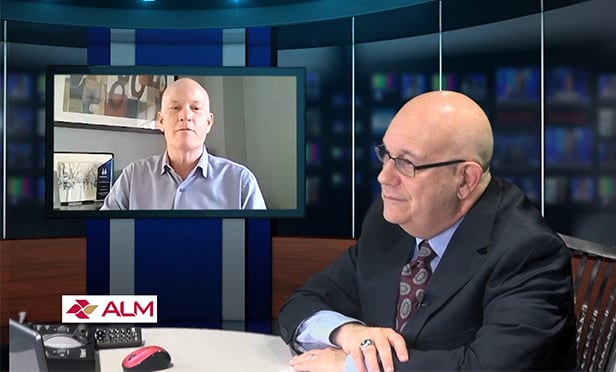Brodsky notes in a release that, the UGC is "an organization that has emerged as an important advocate and resource for sustainable design and operations in the urban built environment and a respected advisor on long-term planning. Related shares Urban Green Council's aspirations to create an environmentally sustainable built environment and is pleased to be contributing through our commitment to develop to LEED Silver or higher standards and through our ongoing efforts to upgrade the environmental performance of our vast existing building portfolio."
Brodsky spoke recently at the NYU Schack Center for their Sustainability Speaker Series, where he noted that there are a few challenges that still face the greening of buildings, locally as well as nationally. One of the main roadblocks is measuring return. Brodsky explained that it is a rarity for companies and buildings to measure their ROI stemming from sustainable features, which prevents knowing the benefit of those additions.
Some HUD's programs will begin asking for three years of mandated reporting if you take sustainable money from them. And there is money to be found, most notably in HUD's Green Retrofit Program which boasts $250 million in stimulus funds. There is also the Department of Energy's Weatherization Program which combines with HUD and has $5 billion at its disposal. There is a snag, Brodsky pointed out.
State agencies distribute these monies, the Division of Housing and Community Renewal in New York City, for example, but it is inefficient. HUD and the DOE began looking at multifamily housing as a beneficiary, but outside of New York City, he found, many states were not aware of this, so Related was turned down for funds by these state agencies, simply because some were unaware of the full extent of the program.
Related, meanwhile, has been launching its anti-smoking initiative where some of their apartment communities are attempting to improve indoor air quality by banning smoking in all units. The gamble of limiting tenants to non-smokers, he explained, is that it might alienate possible tenants, but the trade-off was that there might end up being a higher amount of qualified tenants that apply, but right now there is no empirical data which can point them one way or the other. The communities would self-police and he noted that he had heard arguments regarding discrimination, but said the non-smoking policy would be a rider in a contract, similar to avoiding loud music in the building.
To read more about this non-smoking initiative, check out Sule Aygoran Carranza's MultiViews blog today.
But regardless of programs or initiatives, Brodsky saw the biggest obstacle to green building within people. "Mandates mostly affect new buildings," he pointed out, which begs the question of how many are going into the ground right now. Without a lot of starts, it doesn't bode well for mandated green measures. It's the last thing buyer's consider, Brodsky said. The largest challenge was not one of ideas, it was one of faith. "It's the convincing. It's winning the minds."
Want to continue reading?
Become a Free ALM Digital Reader.
Once you are an ALM Digital Member, you’ll receive:
- Breaking commercial real estate news and analysis, on-site and via our newsletters and custom alerts
- Educational webcasts, white papers, and ebooks from industry thought leaders
- Critical coverage of the property casualty insurance and financial advisory markets on our other ALM sites, PropertyCasualty360 and ThinkAdvisor
Already have an account? Sign In Now
*May exclude premium content© 2024 ALM Global, LLC, All Rights Reserved. Request academic re-use from www.copyright.com. All other uses, submit a request to [email protected]. For more information visit Asset & Logo Licensing.








